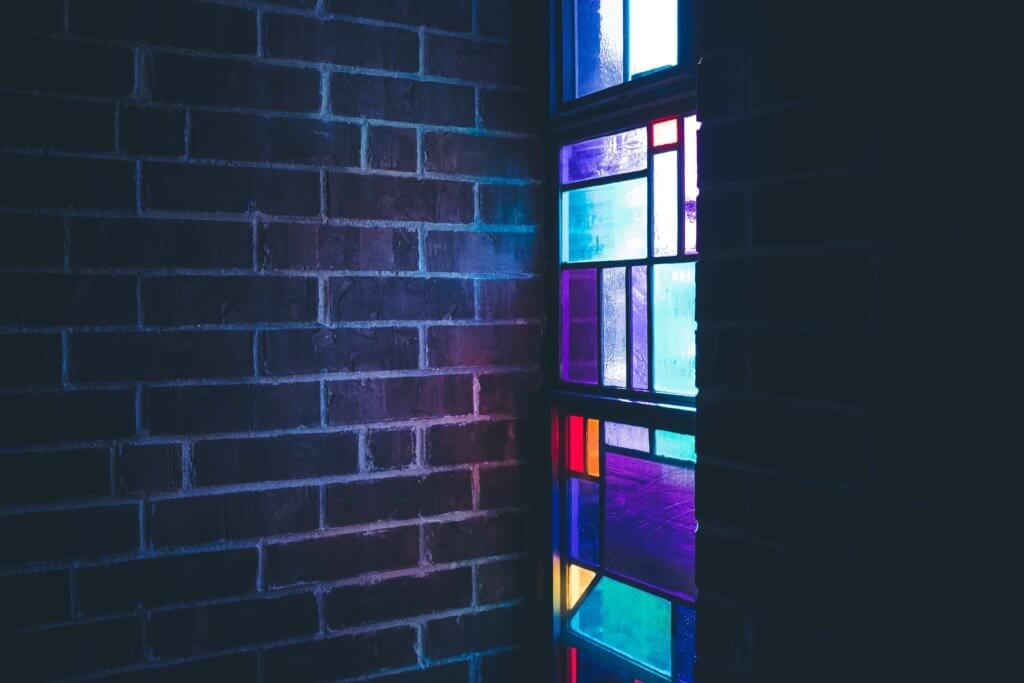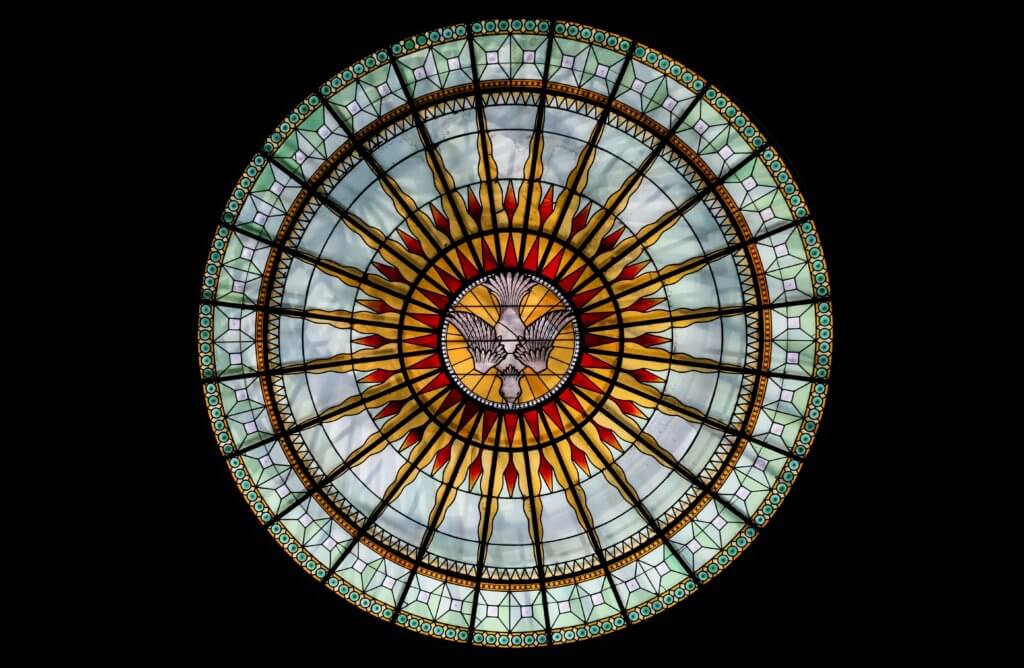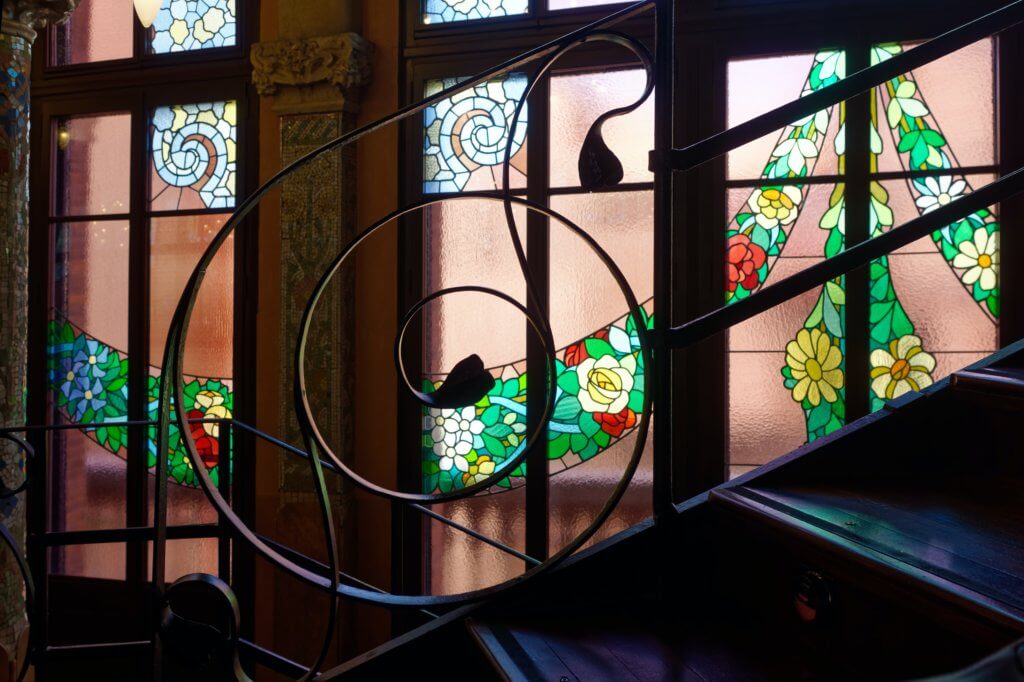Using Stained Glass Paint as Your Next DIY Project
Stuck inside? Liven things up and live elegantly with a fun and easy stained glass project that you can make yourself!
The magical art of stained glass has been around for centuries. This artwork sets many places apart as tourist destinations rather than average buildings.
Almost every country has a stained glass wonder to its name. Visitors regularly stand in awe in front of The Windows of Sainte-Chapelle in France or Stained Glass Windows of the Blue Mosque in Turkey.
Artisans today still work hard on this difficult skill to give us the splendor of stained glass. But it takes a lot of time, delicate hand and eye precision, and sensitive machinery.
If you desire the prismatic effect of stained glass but don’t have the time or machinery to focus on the actual work, you can learn how to use faux stained glass paint.
It’s a fun project even your children can enjoy! You won’t get the intricate results that come with actual stained glass art, but it’s a DIY skill you can add to your crafter’s belt.
All you need for this simple DIY project is a piece of glass, a few special art materials, and your creativity. These steps will help you begin your newest hobby.
Who knows? Maybe your home will be the next place on someone’s bucket list to check out your faux stained glass paint project!
How to Make Faux Stained Glass
There are a few different techniques you can use to work a faux stained glass art project.
You can use any of these craft materials with the step-by-step DIY tutorial that follows this section:
- Mod podge and Rit dye: This method combines a mixture of the mod podge and dye to create different colors. Use more dye for a darker, richer color, and less dye for lighter or pastel hues.
- Decoart: Decoart manufactures everything you need for faux stained glass, from the leading to the stencils for a pattern.
- Krylon spray paint: This paint works comparably to the other painting methods, but you don’t use a paintbrush. It’s direct spray, so make sure you add a mask to the list of materials you gather.
- Acrylic paint and glue: If you already have some acrylic paint sitting around your house, you can use that. Simply mix it with Elmer’s glue to make your stained glass paint.
Each of these techniques will create a beautiful piece of faux stained glass art. Except for the spray paint, they all follow the same steps, too.
Now it’s up to you. Which method do you want to try first? You can use all of them eventually, of course!
Every beautifully finished artwork piece starts with an idea, though. So let’s get you ready for crafting!
Can’t get enough color in your apartment? Check out The Best Rainbow Wallpaper for Your Home!
1. Make a Goal
Before you do anything else, you have to figure out what you want out of your faux stained glass paint project.
Is there a window you’d like to replace with a beautiful multi-colored piece of artwork? Or are you just playing around because you enjoy learning new things?
Your reason behind why you want to create something out of stained glass will determine what you need to do first.
If you plan to replace a window, you need to measure the area first. Use these measurements to find the right size of glass for your finished product.
Now comes the fun part. What do you want to create?
Do you want an abstract pattern that comes to you randomly? Do you want to copy your favorite painting or picture? Maybe a still art or something entirely your own?
If you’re playing around to see what stained glass is and you’ve never used it before, this creative process could be your roadblock.
Instead of letting your worries about the picture keep you from moving forward, try some patterns first. Having a guide as you go will take the stress out of trying to create something perfect your first time.
Watching tutorials is another way to get ideas and break the ice. You don’t have to be an expert to give this DIY craft a shot!
Keep in mind that faux stained glass art with paint isn’t an all-in-one-session project. You’ll need to do a couple of steps, wait for your work to dry, then repeat.
You may also like: AC Repair: Your Step-By-Step Troubleshooting Guide for Fixing AC Issues
2. Gather the Materials for Stained Glass Paint
Now that you have a direction, it’s time to get it all together so you can get started!
The hardest material to get is going to be the glass surface unless you’re not picky about the size. But many DIY crafters recommend keeping it simple as you are learning.
A pre-made picture frame from your local department store works. These come in multiple different sizes, from small to extra large. Don’t worry about the color of the frame itself; you can paint it to match your faux stained glass design before you get started!
If you do have a particular size you need because you’re filling a window or wall covering, a pre-made frame might not work. Instead, call your local glass company to see how you can have your own glass cut to size.
Some people have glass cutters themselves, but most of us don’t. For those who need some extra help in this area, most local department stores will cut your glass for you (you can also order the glass cutter kit that we recommend here).
But if you’re cutting it yourself, make sure you’re using a smooth surface and clean the glass first. When you measure it, don’t mark on the glass. Use a template, like a piece of tape, underneath the surface to guide you.
In addition to the glass for your project, you’ll need the following materials that you can pick up in the craft department or online:
- Leading for glass stain if you’re going to line it
- Glass stains in your preference of colors (or order a variety pack here)
- Toothpicks (for detailed work)
Choosing Your Paints
Walking into the craft department is already a DIYer’s version of a kid in a candy store. Going there with directions to “buy some paint” is just like telling that child to pick out a piece of chocolate.
What’s the best kind? Which one is going to last the longest? Is it too expensive? Too cheap and therefore not worth it?
For faux stained glass art, some paints do work better than others.
FolkArt Gloss acrylic enamel is a popular choice because it doesn’t bleed on the flat, glassy surface like a lot of other varieties do. It also dries quickly, letting you move ahead with your project while the momentum is good!
If you want more of a textured and layered look, you can always buy precut stained glass shapes. By adding these little enhancements, your final piece has a little extra pop to it.
DecoArt is another favorite for highly pigmented colors. Since they’re easily intermixed with other mediums, they’re used by artists across the spectrum. The white is one of the most highly recommended to use as a base for creating a just-right pigmented color for your unique preference when you can’t find what you’re looking for pre-made.
Some people prefer solvent-based paints over water-based. These actually work quite well for faux stained glass because they adhere better than water-based solutions and cure much faster. If you live in an area with a lot of humidity, solvents will become your best friend when you’re doing faux stained glass art.
With your preferred paints ready to go, it’s almost time to get started. The last thing you’ll need is a pattern if you chose to use one. Once you have these materials together, you’re ready to get started!
If you choose to use a pattern, you’ll also need to have this on hand. Once you have these materials together, you’re ready to get started!
3. Prep Your Craft Area
Anyone who has ever made artwork before knows that where you work is almost as important as the materials you use. A dirty area can ruin the finished piece after all your hard work!
When you prep your craft area for faux stained glass painting, start with making a clear surface on your table. Clean up to make sure there is no dust, debris, or leftover glitter and glue from your last project.
Once the table has been thoroughly cleaned, set your glass down flat. Use the rubbing alcohol to clean it and let it air dry naturally.
Try to avoid using paper towels or rags that leave residue behind. Even the tiniest little puff of leftover dust can show up on your project when the paint dries and be a flaw that drives you crazy when you see it!
Want your living space to stay neater all the time? Here are 5 Studio Organization Apartment Tips for a Cleaner Year.
4. Create Your Outline
Now it’s time to pull out the lead strips you bought. Remember that design idea you had? Here’s where you start putting it in place.
If it makes you feel more secure in your vision, grab a sheet of paper and a pencil. Sketch your idea where you can see it and use it as a guide to set your leading.
On the glass, place the leaded strips along your pattern or where you’d like them to be on your image. They’re adhesive and removable, but try to get them exactly right before you adhere them. That way, you don’t leave any residue behind when you move a strip.
If you do have to make changes, move the strip to its correct spot. Then use the rubbing alcohol to clean the residue off and let it dry again.
There are other options besides the adhesive strips for leading. Lead is the go-to when firing glass, but you can replace the pieces with it as long as you give it time to dry.
Or you can use glass stain leading that is similar to paint. You pour it out into the shape you want, then let it sit to dry for six to eight hours.
This is better if your outline has a lot of curves or abstracts shapes, but it’s also harder to maneuver. If yours ends up clumping together, keep your outline going.
When you’ve finished, you can remove any excess leading with the utility knife.
5. Mix, Pour, and Paint
Here’s the really fun part. Now you get to make your colors!
You could just use the non-toxic stains as you bought them, but diluting it helps with the final see-through effect. If the paint is too opaque, you lose the beauty of stained glass.
You can use any disposable plate or cup to mix the paints, or you can buy a set of painter’s cups to keep your colors safe. Pour each color in a separate container and measure in one part water to four parts paint.
As you paint, unused colors will settle at the bottom or thicken. Make sure you keep mixing them with your paintbrush before applying it to the glass. This way, the consistency stays the way you want it.
Unlike painting a picture, once you have the leading down, you can pour in sections. Start with small squirts of paint in an area, then pull the different colors to your lines with a toothpick.
Chances are pretty good that you’re going to get paint on the lead strips, especially if you’re new to this craft. Don’t panic! All it takes is a little paper towel to wipe it off if you let the leading dry long enough.
Working in smaller sections with thinner paint makes it less likely that you’ll end up with air bubbles. The smaller paintbrushes help avoid this problem, too. If you goop a bunch of paint and use big brushes to spread it, you’re going to have tiny bubbles.
With stained glass paint, if you don’t like what you did, you can fix it. But it takes patience.
Wait for the paint to try and use a razor blade to peel it off carefully. Then clean the area, wait for it to dry, and try again!
If home decor is your scene, you may also enjoy reading How to Use Floating Shelves to Decorate & Organize Your Apartment.
Conclusion
Your finished product is a work of deco art and should be proudly displayed!
Since it’s like a suncatcher, faux stained glass paint looks best when the sunlight can streak through it majestically.
Find a prominent spot to hang your DIY faux stained glass window, so it has pride of place in your home. Maybe the neighbors will start talking, and your artwork will end up a tourist attraction!






Comments (2)
Comments are closed.
You need to give much more specific info on materials, esp. types/brands of paints. There are no leads here for selecting paint, or pigments, solvents, etc. this is vague as to how to get started in earnest
Thank you for sharing this feedback with us, Sylvia! We took your advice and made some large-scale updates to give a more formal breakdown of materials, brands, and more that we recommend.